AO Edited
Kankan Jizō
Although damaged beyond recognition, this stone god is still said to bring good luck to those who tap on him with a pebble.
The Sensō-ji Temple complex is one of Tokyo’s most popular tourist spots, visited by millions of people every year. While its main attraction is the big, brilliant red temple of Buddhist goddess Kannon and the traditional shopping street leading up to it, it also has several lesser temples and a Japanese garden at the back that are well worth noting.
One such temple is the Zenizuka Jizō-dō pavilion, dedicated to the popular earth-god Jizō and believed to be a source of great monetary luck. It was originally established in the early 18th century by the wife of a samurai, whose children dug up a hoard of Kan’ei Tsūhō coins, or zeni as they are commonly referred to in Japanese. She refused to claim the money as her own, however, and she instead made her children re-bury the coins.
Thanks to her thoughtfulness, the children grew up to be respectable people and the family prospered, so they constructed a temple-pavilion on the hoard spot to give thanks to the Buddhist god. Reportedly, this happened in modern-day Hyogo Prefecture, many a mile away from Tokyo. It is unknown why Zenizuka Jizō ended up on the grounds of Sensō-ji Temple, except that the legendary Kan’ei Tsūhō is said to be buried here.
Next to Sensō-ji’s pavilion stood a carved-stone statue of a Buddhist god, said to be either Ksitigarbha (Jizō) or Vairocana. Whatever it was, people believed it was a source of monetary luck as well and offered salt to it to pray. They nicknamed it “Kankan Jizō,” in reference to the metallic sound it made—kan-kan being the equivalent of English clang-clang—when struck by a pebble.
Over the years, the practice of prayer changed and the temple-goers started to scratch the surface off the god so that they could keep the clippings in their wallets. This eventually rendered the statue maimed beyond recognition, as currently seen today.
This practice is forbidden (not to mention sacrilegious), of course, but visitors are still encouraged to tap on the god with a pebble and make it go kan-kan to pray for monetary luck. It is also said to have healing powers, that it absorbs the worshippers’ maladies into its body. Some say that the usual method of tapping and praying was invented to draw the god’s attention without directly touching the disease-haunted figure.
Know Before You Go
Kankan Jizō is located at the temple complex's northwestern end, near Hanayashiki. From the main temple hall of Sensō-ji, walk across either the Denbō-in Garden or the parking lot and find the red-walled Zenizuka Jizō-dō pavilion with a dozen red-and-white banners flying beside it. The stone god is in the corner and can be found on Google Maps.

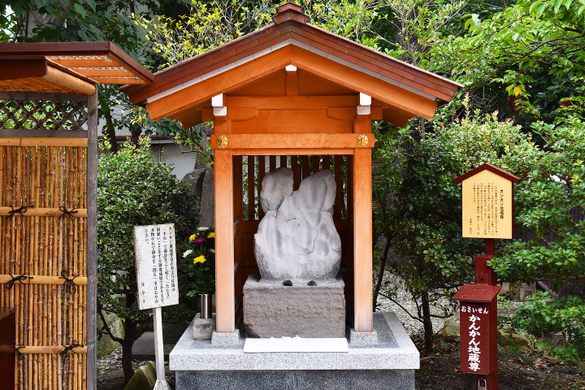

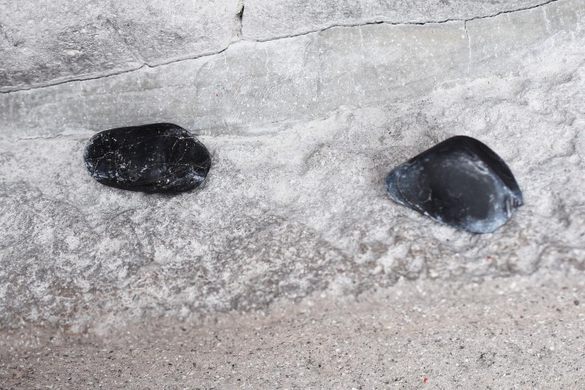
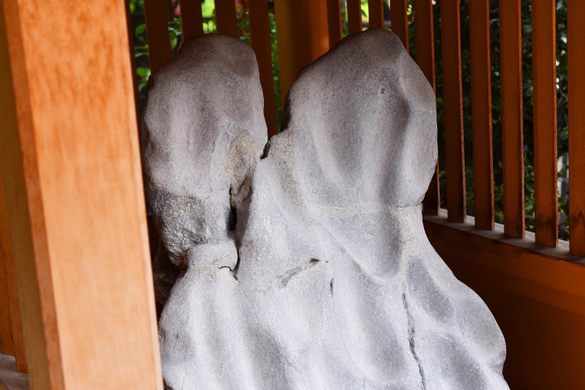
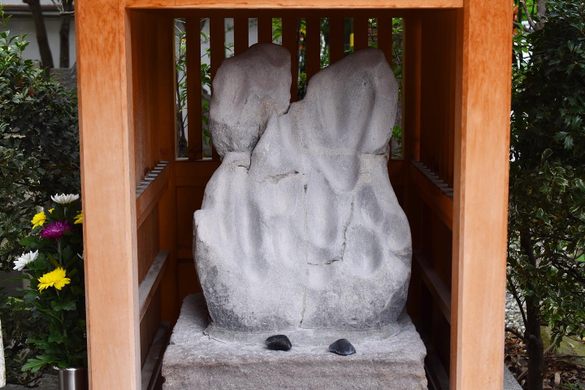






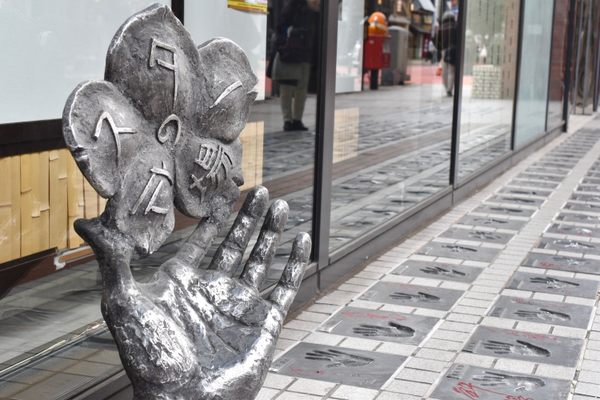
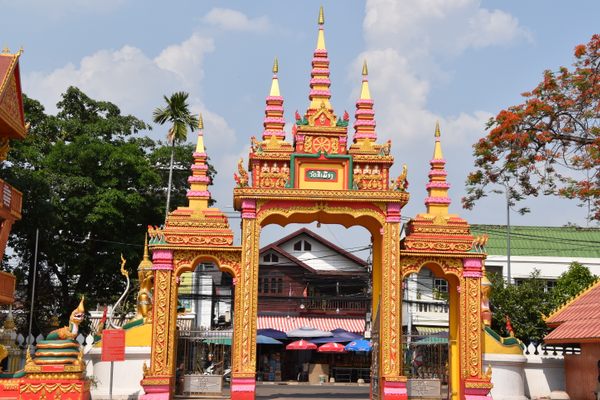
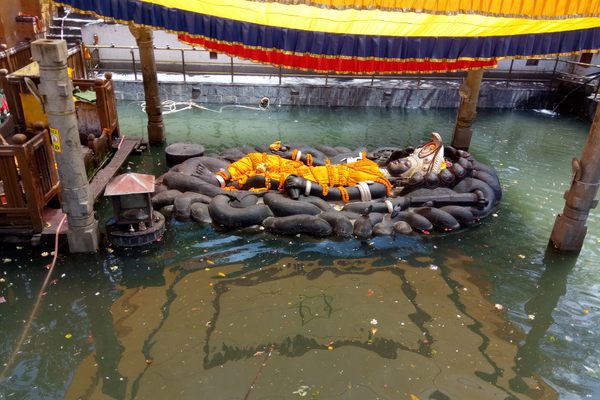
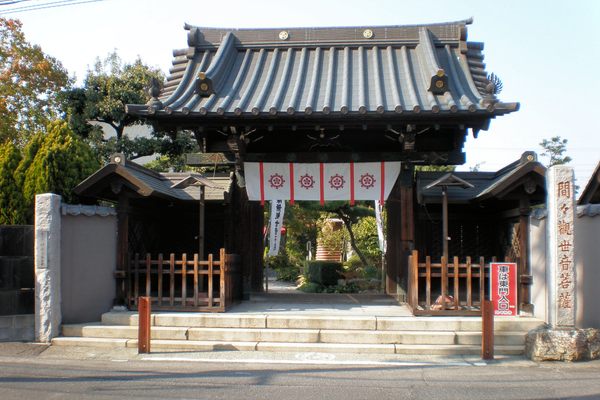


Follow us on Twitter to get the latest on the world's hidden wonders.
Like us on Facebook to get the latest on the world's hidden wonders.
Follow us on Twitter Like us on Facebook